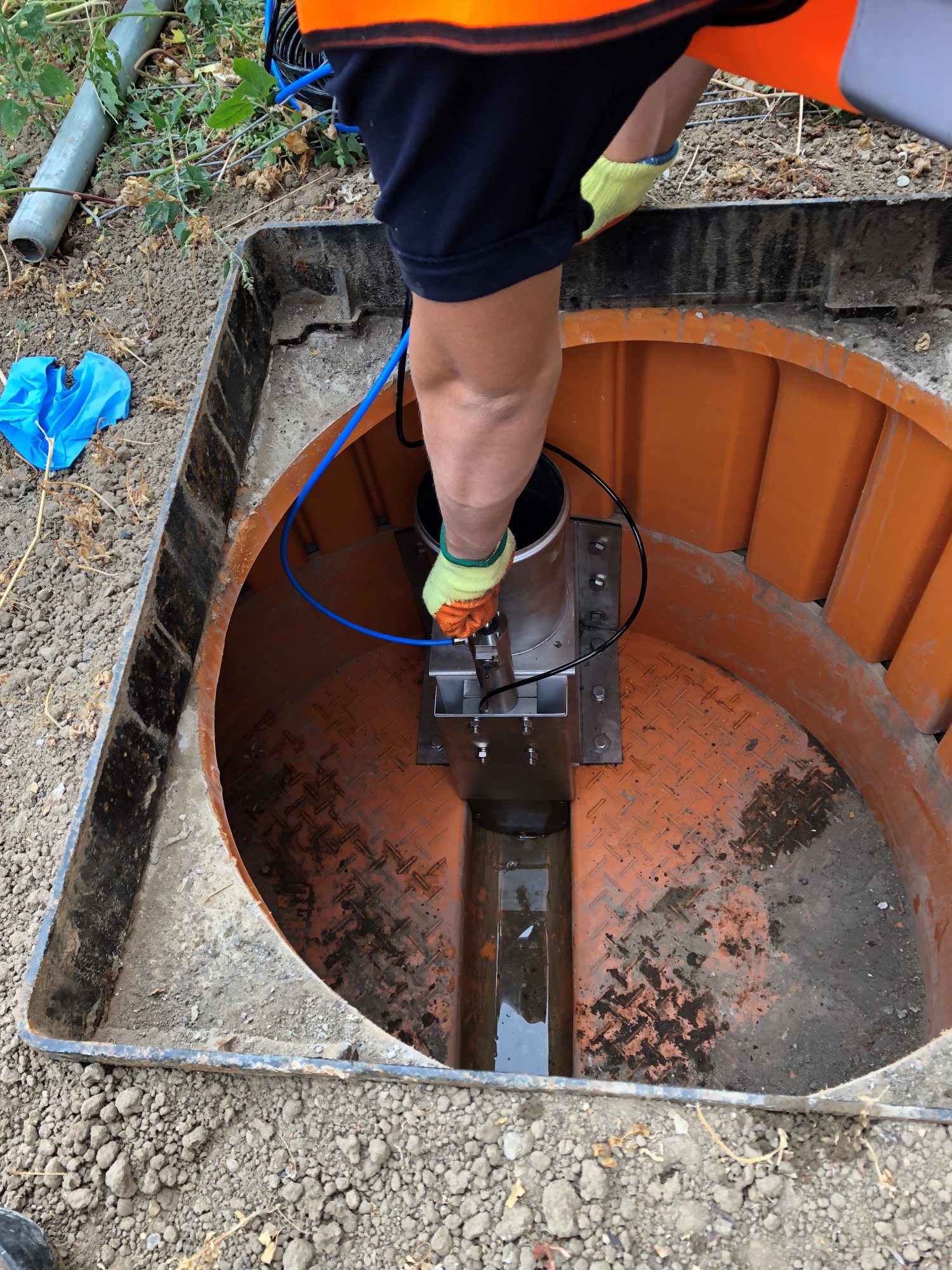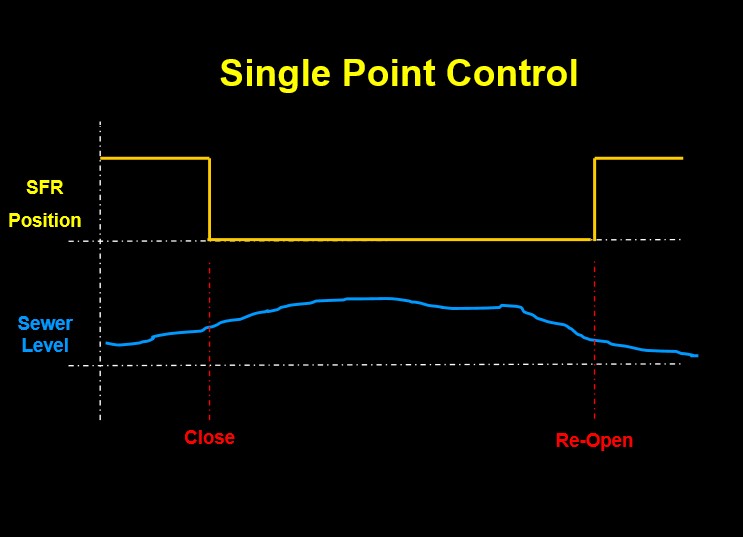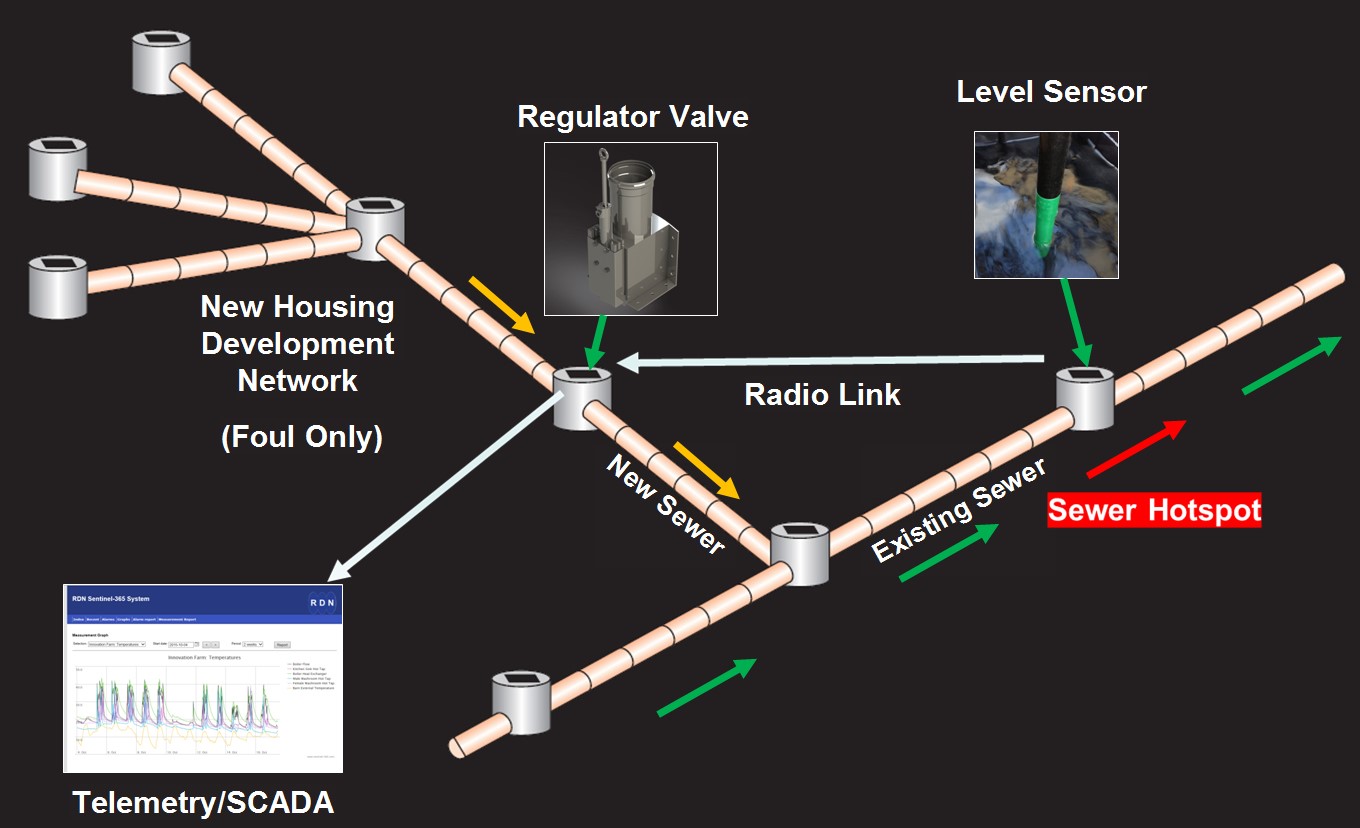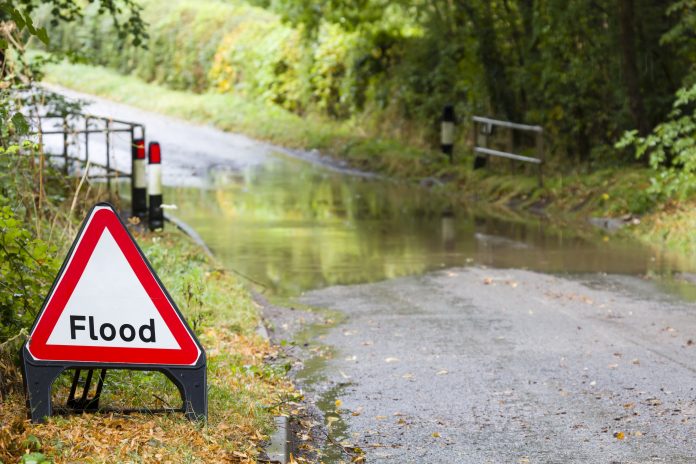One of the most significant impacts of climate change will be increased flooding incidents. To reduce the impact of flooding on people and the environment, we need to repurpose our legacy drainage assets and focus on low carbon intervention, says Brian M Back, co-founder and CTO of Radio Data Networks Limited
Indeed, we see countless pictures of major pluvial flooding on media feeds almost daily. However, for every large incident caused by a major river, there are hundreds if not thousands of smaller unreported “other flooding” incidents associated with drainage and linked to rainfall that potentially collectively impact more people and cause more damage to the environment.
Sewer flooding incidents can be more damaging than pluvial flooding
Many of these “other flooding” incidents are actually reported in statistics published by governments. For example, in England, the Environment Agency collect and publish figures under categories such as CSO (combined sewer overflows) spills, sewer surcharges, and sewer flooding incidents. Combined, these figures equate to half a million incidents in England alone.
Surcharges or sewer flooding incidents, of which there are tens of thousands annually, as the author can testify from first-hand experience, can be devastating and equally if not more damaging than pluvial flooding.
The largest figure, however, is for CSO overflow spills. The irony is that the presence of CSOs is to reduce the incidents of sewer flooding, but in reality, the flooding is simply moved to a local watercourse officially called the receiving water, be it the sea or a stream or brook and converts a flooding incident into a pollution incident too.
What is often forgotten is the consequential impact of any CSO spill, as not only are they likely to increase the risk of pluvial flooding downstream but also, they are the transport mechanism for not just sewage but long-term pollutants such as hydrocarbons and plastics that enter our environment.
To combat sewer overflows, we need to tackle the root cause
The common denominator in all these figures is sewers, particularly the combined sewers. A Victorian legacy but actually the Romans made them too, some of which are still in service. These are gravity sewers that take both sewage and rainfall away from our built environment in a “combined” single pipe.
To combat these overflows, we need to tackle the root cause – rainwater. Building regulations have in recent years gone a long way to addressing this issue for new builds, where now housing, highways, and commercial developments have to use SuDS and NFM, but this doesn’t address the legacy.
Flooding is not about the volume, but peak flow management
Normally sewers have adequate capacity to cope with their normal load plus a considerable loading from rainfall. Setting aside incidents caused by blockages, it is the peak flows that cause the majority of incidents of flooding and pollutive spills. Hence incidents are often linked to heavy rainfall.
Traditionally flow management techniques include:
- Increasing the capacity of the sewer – carbon intensive and disruptive
- Source reduction – Disconnection
- Creating and utilising storage – SuDS, water butts, tanks
- Passive regulation of flows – orifice plates
The role of smart technology – Retrofit wastewater flow regulators
Retrofit “Smart Technology” in the context of flow management is now becoming recognised by DEFRA, CIRIA and CIWEM as a low carbon intervention in the battle against flooding and pollution.

By the addition of a single or multiple retrofit “wastewater flow regulator/s” upstream and wireless level sensors downstream at the flooding pinch point, it is possible to create an autonomous smart network within an existing gravity sewer, where real-time level data is sent directly from the pinch point back to open and close the flow regulators.
The technique is most effective where there are several laterals that connect to a main trunk sewer, where each of the laterals is fitted with a flow regulator and has a degree of unused storage capacity. We refer to this as lateral flow modulation.
Making rising main networks smart
Rising main networks normally comprise of a wet well and a pump operated by float switches whenever the sump becomes full.
Smart network principle can be applied where the network includes rising mains. With this type of network sensors are again deployed at the pinch point, this time generating a inhibit for the pumps when the levels are high. This technique can be greatly enhanced by using weather forecasts to pre-empty wet wells prior to the arrival of storms.
Other techniques used by the author are the staggering of pumps in a catchment again to reduce the peak loading.
True retrofit requires working with the legacy system
Upgrading a rising main pump control to make it smart is relatively easy, however, upgrading gravity sewers to include wastewater flow regulation is more challenging.
To keep carbon impact, cost and disruption to a minimum, any wastewater flow regulator must be capable of being deployed into the existing sewer or drainage network. But most critically its presence must not increase the risk of flooding upstream should it fail, get stuck or become blocked with debris.
With regard to its degree of flow control, this will depend upon the flows. Seldom is 100% control required, more often a simple fixed pre-determined percentage obstruction is adequate.

What is key, however is it must be failsafe, i.e., should it fail or become blocked there needs to be a safety overflow to stop upstream flooding. It should not disturb or require modification to the invert as this would both prevent installation without flow bypassing. Furthermore, any discontinuity created could encourage blockages and the accumulation of FOG.
Other design constraints include the regulator should be able to pass through the existing access cover. This typically limits any single item to <54cm in width. Weight is also important too, as keeping items light eliminates the needs for cranes and winches.
Low cost and low carbon requires off grid
The cost of providing mains power into a sewer to flow control a regulator can be considerable and the delivery of a mains supply can take several months of planning.
Keeping the flow regulator lightweight is a significant advantage as it permits the actuators to be driven from an off-grid source such as PV solar or a small wind turbine.
Sensor-to-actuator communications
In these days of ransomware and a growing fear of the internet, the obvious solution is to ensure that the critical communication path between the level sensor and the actuators is independent of 3rd party networks such as the internet or cellular networks.
Direct real-time communications using local radio telemetry is an established technique that can be very effective for linking between the sensor and the actuators controls. Radio telemetry usage also supports the use of regular health messages which enables the virtual instant reporting of faults. The author would not recommend the use of IoT or cellular as both require the use of the internet and do not support heartbeats.

In the UK, radio licences are available from the likes of Ofcom, which permit the system to enjoy an exclusive radio channel and legal protection against interference. The author would highly recommend this approach for piece of mind and longevity of service.
Why choose smart network technology?
Smart network technology is a viable low-carbon way to upgrade our legacy drainage and sewer networks to make them smart, to clip peak flows to reduce both flooding and pollution.
Wastewater flow regulators can be installed in gravity sewers, whereas in networks with rising mains pump inhibits prevail. The technique can also be applied to SuDS attenuation ponds.
Other benefits of wastewater flow regulation are said to include improving the process efficiency of sewage treatment works, helping to reduce the occurrence of overloads and the subsequent quality of the final effluent discharge.
However, having said all of the above, the root cause is rainwater, and every effort should be made to reduce its entry into the networks. Removing downpipes from roofs, diverting drains, deploying storage tanks all can help, plus it is always important to ensure that groundwater is not infiltrating into the sewer network too.
Eur Ing Brian M Back BEng(Hons) CEng FIET
Co-Founder & CTO
Radio Data Networks Limited

















